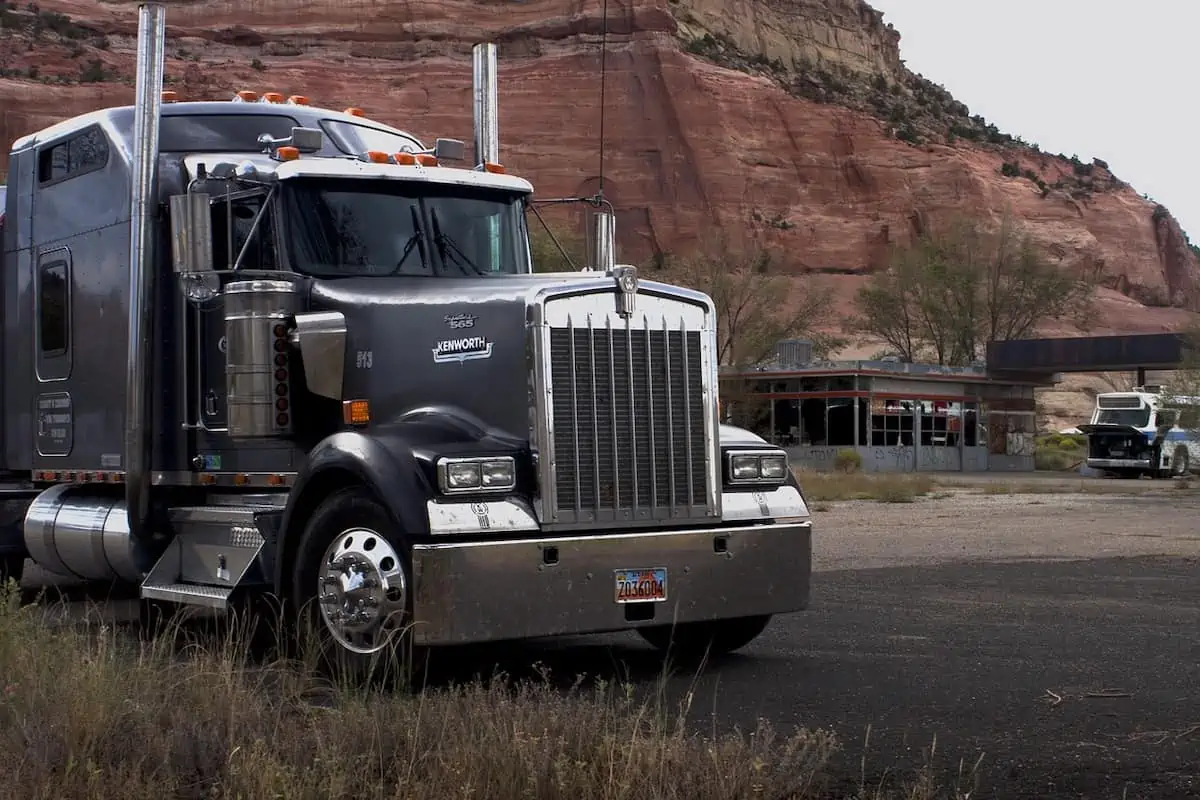The pandemic may be over, but its effects may continue well into the coming years.
One of the biggest challenges remaining from the pandemic is the labor shortage and its ripple effects on multiple industries, including logistics companies. With supply chain disruptions, low capacity, and skyrocketing fuel costs, manufacturers and shippers are facing monumental hurdles.
Fortunately, strategic planning can help you deliver your land cargo on-time, despite the abundant labor shortages.
Understanding the Labor Shortage
According to the Bureau of Labor Statistics, job openings reached a series high of 11.5 million in March 2022. Among these openings, durable goods manufacturing is one of the sectors with the most unfilled job openings compared to skilled workers – a shortage that creates challenges for supply chains.
Technology and innovation can help meet the demands, but that creates other jobs that require skilled workers to fully utilize.
The ripple effect of the shortage impacts other industries. Employers have to offer higher wages to attract in-demand talent, which in turn raises the prices of products. Demand is still high, but employers lack the necessary staff to fulfill them, increasing the lead times.
Low Land Cargo Capacity
Low capacity is an ongoing issue for shippers, but the lingering effects of the pandemic, the current labor shortage, and the driver shortage throw this into sharp relief. There’s a rising demand for raw materials and products and inadequate drivers to ship products.
These challenges have a detrimental impact on timely deliveries. Consumers want fast, accurate, and direct shipments, leading less-than-truckload (LTL) carriers to adjust distribution networks to better address order fulfillment from multiple locations.
LTL networks need to improve efficiency and reduce costs without an impact to customer service. Consumers have high expectations for order fulfillment, shipping, and delivery, and LTL can use small freight to meet these expectations.
Fuel prices are also rising, increasing the price of goods and shipping prices. These fuel price increases are expected to continue into the near future, so it’s expected that the price of goods will follow suit.
Solutions for On-Time Land Cargo Delivery
Adapting to challenges and demands is part of the logistics industry. Shippers and carriers can improve efficiency and deliver better service to customers with the right planning, despite the rising prices, labor shortages, and limited cargo capacity.
Optimize Routes
Road freight may be too complex, time-consuming, or expensive with the current challenges in the supply chain. If this is the case, shippers can combine land delivery with other freight options, such as rail freight for lower-demand shipments.
These options have their pros and cons. For example, rail freight is slower but often more cost-effective than land freight. Air freight is ideal for high-value and time-sensitive goods, but it can be cost-prohibitive for some shipments.
Creating a tailored combination of LTL, PTL, air, and rail offers a flexible, optimized route for on-time deliveries with fewer disruptions. It’s important for the solution to maximize opportunities within your network while minimizing the challenges and costs.
Consolidate Shipments
Freight consolidation offers a solution for storing and shipping freight. A manageable supply chain offers more efficiency than a distributed network of partner warehouses, suppliers, and shipments.
Consolidating suppliers and vendors reduces the necessary suppliers to source and purchase goods or materials. This can be done by reducing the total number of suppliers in the network or by choosing local suppliers. Either option creates opportunities for better consistency, improved risk management, and better professional relationships.
LTL and partial truckload (PTL) shipments also help with on-time deliveries, efficiency, and shipping costs. LTL shares space with other businesses, while PTL keeps all goods on the same load. A customized solution that involves both options means fewer truckloads going out and high-value shipments getting priority.
Shippers can also consolidate warehouses to ensure efficiency across operations. Lower warehousing space reduces overhead costs, while shipments coming in or going out from a single location improve efficiency. This option also improves quality and consistency.
Develop and Maintain Strong Carrier Partnerships
Shippers and carriers can develop and maintain strong professional partnerships to navigate the supply chain disruptions and contribute to one another’s success. Shippers gain benefits from new freight opportunities and better negotiations.
These partnerships shouldn’t be taken lightly, however. The benefits in costs, time, and hassle should outweigh the costs and effort. Developing or reconfiguring partnerships should improve warehouse distribution, the shipping process, costs, or other aspects of the network without sacrificing efficiency, reliability, or customer service.
Consult with a Third-Party Logistics Provider
The supply chain disruptions are likely to continue for the time being, forcing companies to find innovative solutions to navigate them. Partnering with a third-party logistics provider gives you access to top technology solutions and a vast network of carriers and warehousing to improve efficiency, reduce costs, and stay agile.
Author Bio: Bill Heaney
“Bill Heaney is the CCO of DB Schenker USA, a 150 year old leading global freight forwarder and 3PL provider. Bill Heaney is responsible for all commercial strategy and activities in the United States, which is made up of over 7,000 employees located throughout 39 forwarding locations and 55 logistics centers.”


Great piece! I also consider another solution as a game changer for the transportation industry – digital transformation. You can automate driver tracking, customers can sign ePOD (electronic proof of delivery) using driver’s phone. Even more, office managers can track fuel and maintenance records for each truck in your company and decide which are going to continue working and which are rather being maintained.